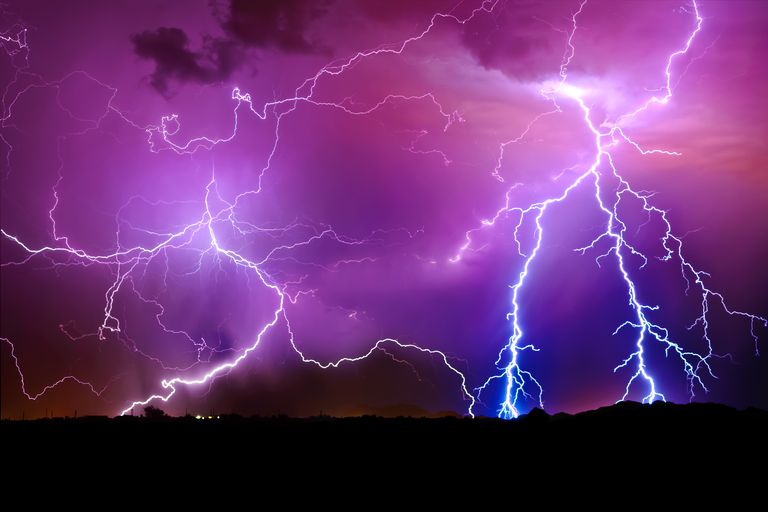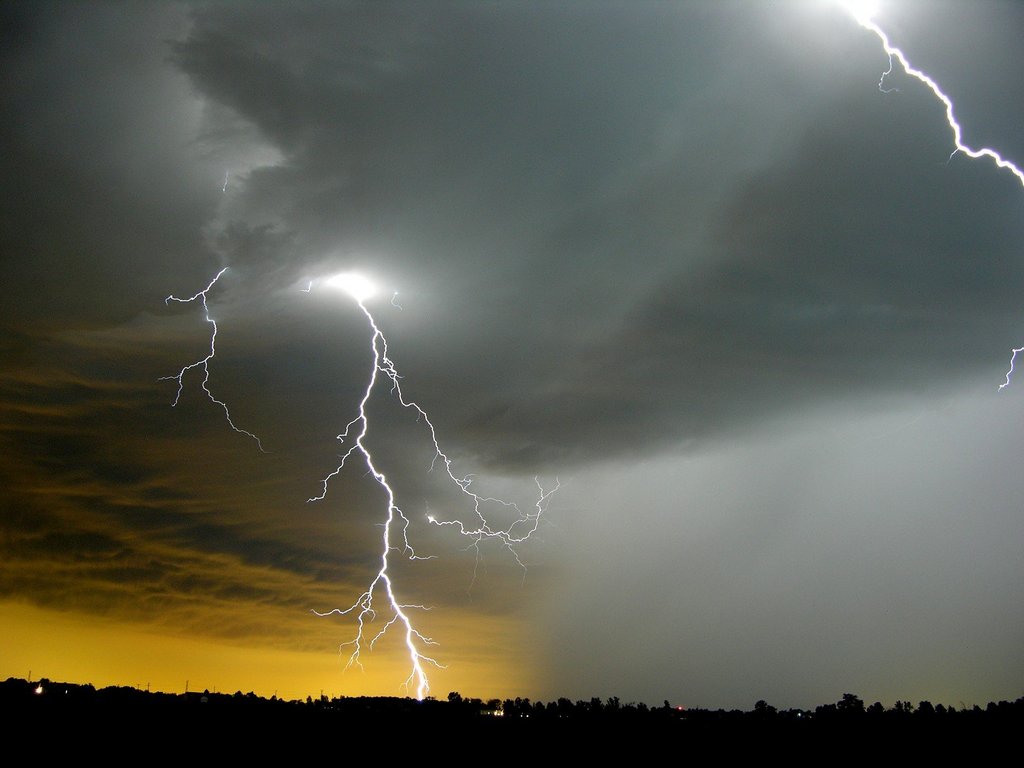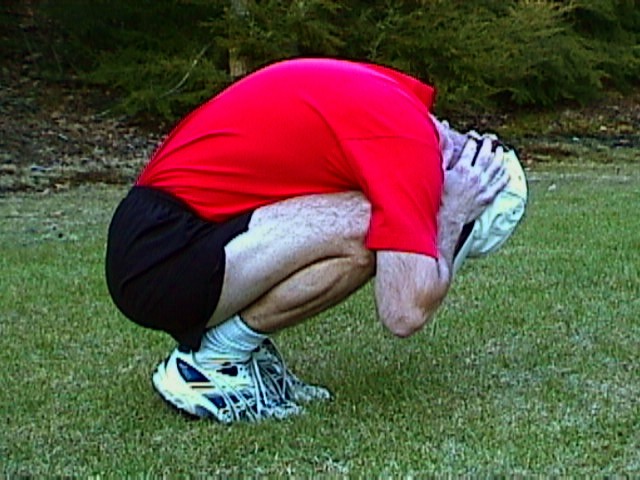Lightning Safety
WHAT IS LIGHTNING?
Lightning is a big charge of electricity that can reach from clouds to the ground or to other clouds.
WHERE CAN LIGHTNING STRIKE?
Lightning can strike almost anywhere. Many people are struck before and after the rain falls.

Lightning can strike as far as 10 miles away from a storm. In fact, scientists are now pretty sure that it can strike 15 or more miles away from a cloud.
So, if there is blue sky above you and it is not raining, you still might not be safe if you can see or hear a storm in the distance. Lightning can strike anywhere in a big circle around the where the rain is falling.
There is also what is called “dry lightning.” That is when lightning strikes from a cloud that is not making rain.
HOW CAN YOU TELL HOW FAR AWAY A STORM IS?
By counting the seconds between the lightning “flash” and the “bang” of thunder, you can tell how far away the lightning was. Each five seconds equals one mile. If you count 15 seconds, the flash was 3 miles away and you know that you are in a high danger zone. Six miles (30 second count) is still in the high danger zone.Lightning can strike far from where the rain is falling, and sometimes even when no rain is falling at all. This is why people are sometimes hit where they can see blue sky and the sun is shining.

CAN YOU EVER TELL WHEN LIGHTNING MAY BE ABOUT TO STRIKE?
Sometimes you can feel when lightning might be about to strike. Try holding your arm very close to the front of a color TV screen that is turned on and see how it feels. Look at the hair standing up on your arm. If you are in or near a storm and you feel this way, then you know that you may be in danger. Lightning could strike any second.
IF YOU CAN’T GET TO SAFETY
Being stranded outdoors when lightning is striking nearby is a harrowing experience. Your first and only truly safe choice is to get to a safe building or vehicle. If you are doing outdoor activities and cannot get to a safe vehicle or shelter, follow these last resort tips. These will not prevent you from being hit, just slightly lessen the odds.
- Do NOT seek shelter under tall isolated trees. The tree may help you stay dry but will significantly increase your risk of being struck by lightning. Rain will not kill you, but the lightning can!
- Do NOT seek shelter under partially enclosed buildings
- Stay away from tall, isolated objects. Lightning typically strikes the tallest object. That may be you in an open field or clearing.
- Know the weather patterns of the area.
- Know the weather forecast. If there is a high chance of thunderstorms, curtail your outdoor activities.
- Stay away from metal objects, such as fences, poles and backpacks. Metal is an excellent conductor. The current from a lightning flash will easily travel for long distances.
SHELTERS AND THE “LIGHTNING SAFETY POSITION”
You may have heard that if you can’t find a shelter, you should lie down flat on your stomach. Well, doing that is not safe at all. If lightning hits someplace near you and travels through the ground, it could pass through your whole body and electrocute you.Lightning safety experts have invented a “lightning safety position” that is very important to know if you are caught in a thunder storm and you can’t find a shelter. This position looks hard, but it could save your life.

- It makes you a smaller target.
- With your heels together, if lightning hits the ground, it goes through the closest foot, up to your heel and then transfers to the other foot and goes back to the ground again. If you don’t put your feet together, lightning could go through your heart and kill you.
- You put your hands over your ears to protect them from thunder.
FIRST AID
Persons struck by lightning receive a severe electrical shock and may be burned, but they carry no electrical charge and can be handled safely. Someone who appears to have been killed by lightning often can be revived by prompt action. When a group has been struck, the apparently “dead” should be treated first.If both pulse and breathing are absent, cardiopulmonary resuscitation is necessary. This procedure should be administered only by persons with proper training.
Victims who appear only stunned or otherwise unhurt may also need attention. Check for burns, especially at fingers and toes and next to buckles and jewelry. Give first aid for shock. Do not let the victim walk around. Send someone for help. Stay with the victim until help arrives. Be prepared.